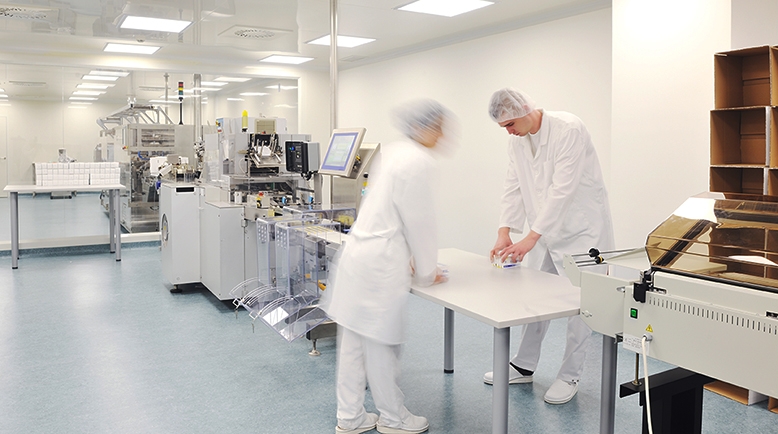
View/Download Document:
“SIAF APRAS”
View/Download Video:
SIAF APRAS
Updates from
Anthony C. Ostrowski, Ph.D.:

Dr. Ostrowski has provided an update about new research on Pacific white shrimp at Aquafarm 4 (AF4).
The research team at AF4 is conducting feasibility studies for low salinity culture of the Pacific white shrimp (L. vannamei) in APRAS. The white shrimp is an established commodity worldwide and in high demand in China, yet local production is limited by disease in outdoor pond culture systems. Production indoors would eliminate such diseases and provide a high-quality product on a consistent and reliable basis, year-round. Commercial indoor production of white shrimp has been achieved at small volumes in the United States and elsewhere, but not at large-scale or in the clean-water APRAS systems.
SIAF’s APRAS technology can expand the known limits of white shrimp culture due to the maintenance of high water quality and efficient use of tank surface area and depth. Key metrics being controlled and measured are in-tank quantitative and qualitative bacterial populations, total suspended solids, and water mineral levels, among others. The goal is to produce 18-gram shrimp by 90 days from PL10 at densities higher than what has been achieved in other systems of up to 10 kg/m3.
A preliminary trial, currently ongoing, is more modestly targeted to demonstrate white shrimp can be raised in the AF4 APRAS 100m3 APMs to near 10 grams. This trial is currently at D68 (post-stocking at PL10 in the nursery), with good growth, extremely low mortality from the nursery at D42, and a feed conversion ratio (FCR = dry feed fed/wet weight gain) of less than one. Larger, replicated trials are currently scheduled for July through December 2018.
Video 1 - Operation of 100 m3 tank (showing operation of APM from in-tank to drum filter to UV light)
Video 2 - Side to side view of tank inside AF4 building
One-gram shrimp were stocked into 1 x 100m3 APM at D42 from PL-10. They are currently growing over 0.2 grams/day, reflecting a growth rate of just under 1.5 gm/week after stocking. A key adaptation to the system includes use of a drum filter, which reduces total suspended solids, a factor that otherwise facilitates growth of harmful bacteria and limits stocking density. Improved tank turnover rates, UV-light, and addition of key beneficial bacteria, help maintain a healthy environment and optimum water quality characteristics for high- density culture of this species.
Video 3 - Taking water sample from tank and displaying for camera
New approaches to suspended solids removal with a drum filter and improved water turnover reduce labor in cleaning mechanical filters and maintain almost crystal-clear water.
Video 4
Healthy and uniform-sized L. vannamei at D54. Note the dark hepatopancreas and “vein” an indication of healthy and well-fed shrimp. FCR from D42 – D57 averaged 0.67.
Video 5 - shrimp resting on refuges (green screens in tank)
In-tank refuges to increase in-tank surface area for bottom dwelling L. vannamei to help increase growth and survival. Too early to tell difference between tanks with and without refuges.
Video 6 - shrimp actively swimming along tank walls can also be seen at bottom near white pipe
Healthy and active shrimp in 100m3 APM at depth of 2 meters. Note clarity of water to the tank bottom.
Research & Development and Product Certification:
http://www.sinoagrofood.com/science
Tri-way Industries (TW):
http://www.sinoagrofood.com/content/TRW
Aquafarm 1 (AF1):
http://www.sinoagrofood.com/content/JFD
Aquafarm 2 (AF2):
http://www.sinoagrofood.com/content/EBAPCD
Aquafarm 3 (AF3):
http://www.sinoagrofood.com/content/ZSAPP
Aquafarm 4 (AF4):
http://www.sinoagrofood.com/ZSNPP
SIAF’s Carve-out Spin-off (“COSO”) strategy:
http://sinoagrofood.investorroom.com/COSO-strategy